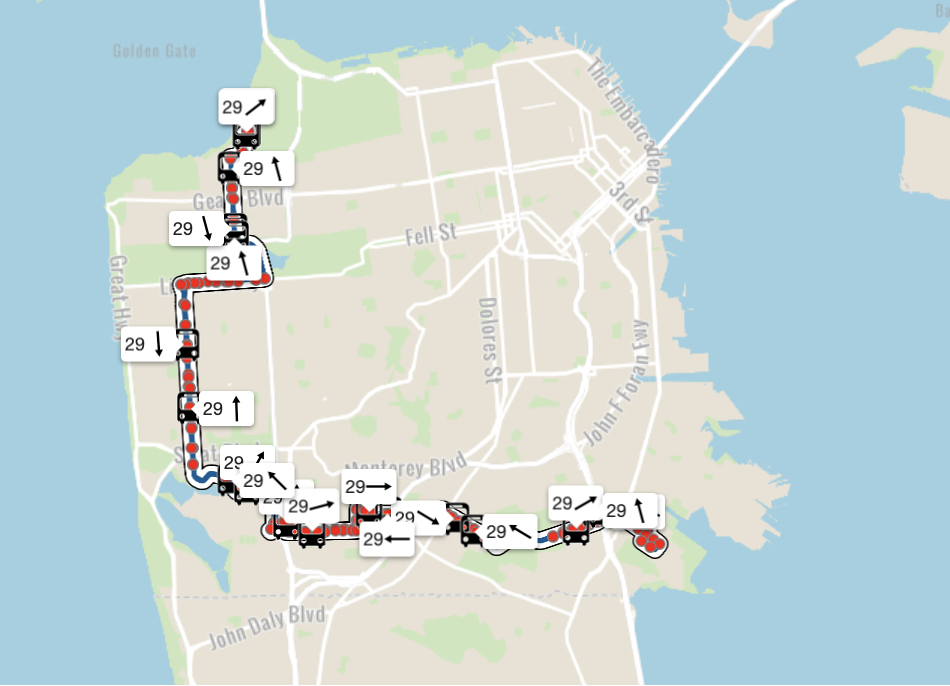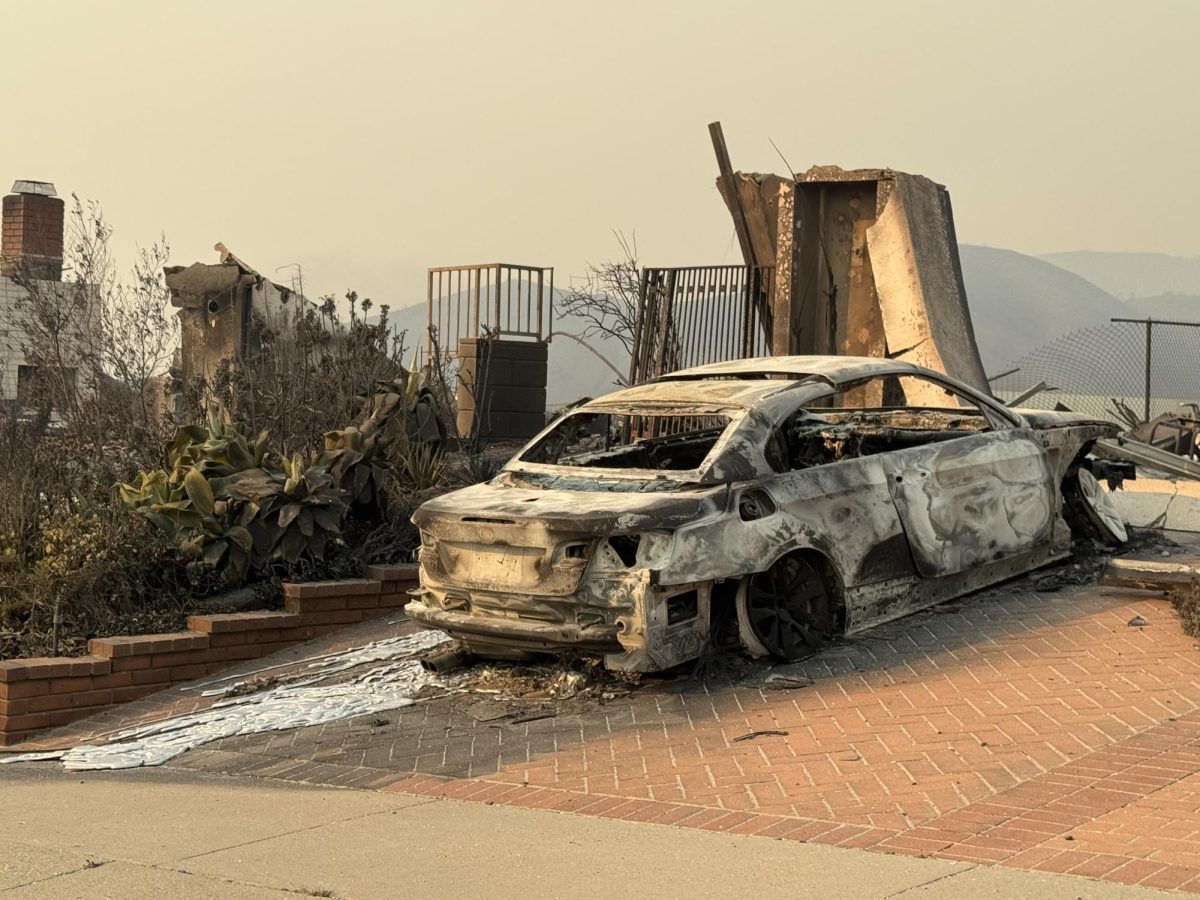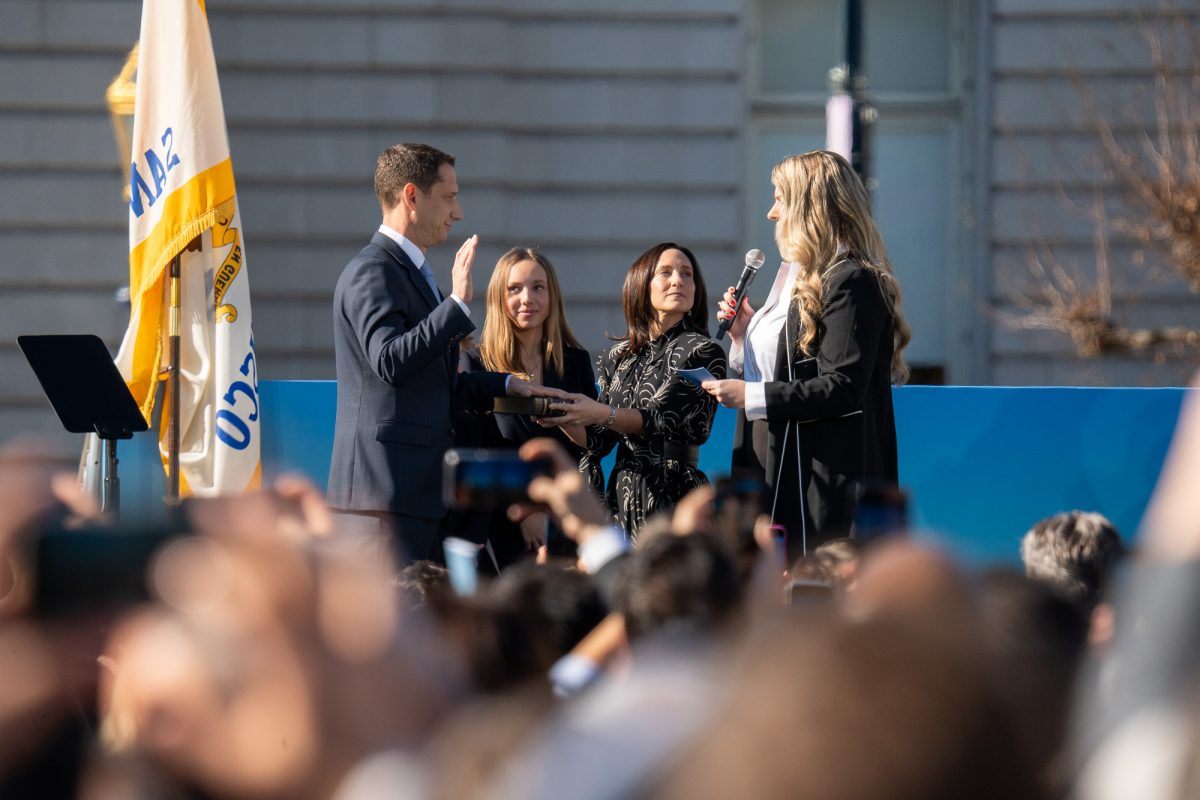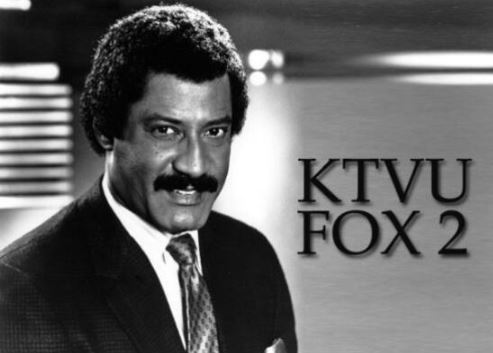Amongst San Francisco’s vibrant culture and diverse neighborhoods, the 29 Sunset bus route stands as a route connecting southern and western San Francisco, being a major form of transit for commuters, students and regular pedestrians alike.
Unfortunately, this bus route has often been plagued with many challenges, starting the initiation of the 29 Sunset Improvement Project.
Before diving into the details about the 29 Sunset Improvement Project it’s crucial to understand the problems affecting the 29 Sunset.
As English teacher Mary Dalton put it, “It’s so unreliable that I don’t want to just sit at the bus stop and not know if it’s gonna come or not, so I’ll just order an Uber instead.”
Many people can relate with Dalton, and share the same concerns about the 29 Sunset. However, MUNI isn’t looking to just provide help to one specific group of people but to serve all San Fransicans.
Dalton emphasized this by saying, “I think this could obviously impact people who do not drive, I also think it could impact professionals, students, as well as older people, disabled people as well.”
High school student Gil Falcone ’24 offers a different view that aligns with the 29 Sunset Projects goals.
He said,”It would be beneficial for the buses to move faster if they remove the stops, but I also think that Muni should be very strategic about where and which stops they remove, so that it’s balanced and not just one part of town is getting screwed over.”
Falcone’s perspective on this project aligns with the project’s goals to not only ensure accessibility for all but transit efficiency. He has personally felt the frustration of painfully long waits especially at spots such as Stonestown Galleria.
He said, “Yes, especially at Stonestown when I’m coming off of a difficult workout and tired. I don’t want to be waiting about 30 minutes because three 29s just passed, and most of the time that back bus is fully empty, so it’s just a waste of space and waste of time.”
The 29 Sunset Improvement Project will begin a two phase process in which it’ll provide help to the west and south sides of the route. The project’s main focus will be to reduce delays, overcrowding, and long travel times due to traffic. To summarize it, it’ll help to improve the daily commute for the riders who rely on this route every single day.
As the project progresses, MUNI hopes to find a balance between improving the efficiency of the bus while making sure it’s accessible to everyone. The voices of students, teachers and daily riders are driving this improvement, guiding the way towards a well improved 29 Sunset for all San Franciscans.







